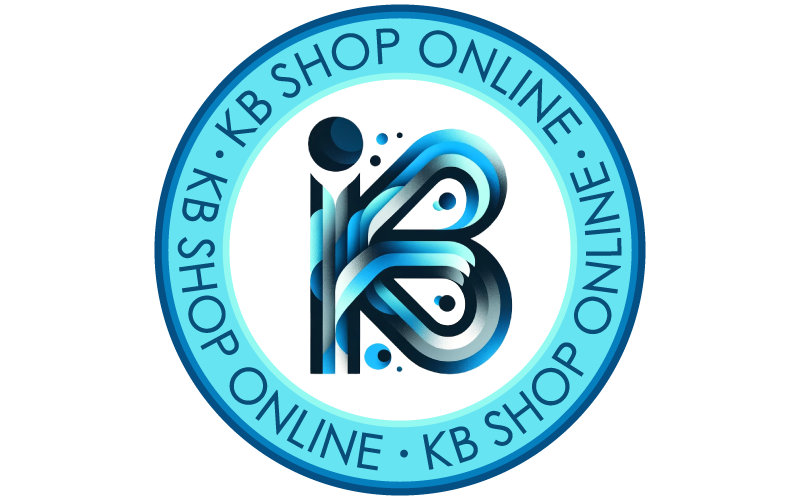The consideration of ergonomics in tool design is not merely a trend but a fundamental aspect that intertwines functionality with user well-being. Ergonomics, the science of designing products to fit the users’ needs and capabilities, plays a critical role in tool manufacturing. It ensures that tools not only perform their intended tasks efficiently but also support the health and safety of the users. This article delves into the role of ergonomics in tool design, exploring how it enhances performance, reduces the risk of injury, and improves user satisfaction.
The essence of ergonomics in tool design lies in understanding the interaction between the tool, the task, and the user. It involves considering factors such as the user’s hand size, strength, and range of motion, as well as the environment in which the tool will be used. For instance, a well-designed ergonomic tool should fit comfortably in the user’s hand, reducing unnecessary strain on the muscles and joints. This is particularly crucial for tools used frequently or for extended periods, where repetitive stress injuries, such as carpal tunnel syndrome or tendonitis, can occur.
One of the key aspects of ergonomic tool design is the handle. The shape, size, and material of a tool’s handle can significantly impact its ease of use and effectiveness. An ergonomically designed handle should enable a firm and comfortable grip, allowing the user to apply force more efficiently and with greater control. Materials like rubber or textured plastics that provide a non-slip grip are often used in ergonomic tool handles. Additionally, the weight distribution of the tool is critical. A well-balanced tool reduces the effort required to hold and manipulate it, decreasing user fatigue and increasing precision.
Another important factor in ergonomic tool design is minimizing the force required for operation. Tools that require less force to use reduce the strain on the user’s hands and body. This is achieved through mechanisms that enhance leverage, precision gears, or even powered assistance in electric tools. For example, ergonomic scissors might have a spring-loaded mechanism to reduce the effort needed to cut, while an ergonomic screwdriver might feature a ratcheting mechanism to minimize wrist twisting.
The adaptability of tools is also a key ergonomic consideration. Tools that can be adjusted to fit different users or tasks are more ergonomic. Features like adjustable handles, interchangeable heads, or variable settings allow tools to be customized to the user’s needs, enhancing both comfort and efficiency.
Ergonomic tool design is not just beneficial for individual users but also has broader implications. In professional settings such as manufacturing, construction, or healthcare, ergonomic tools can lead to increased productivity, as workers are less likely to experience fatigue or injury. This not only benefits the employees in terms of health and job satisfaction but also the employers through reduced absenteeism and increased efficiency.
Additionally, ergonomic tool design is increasingly being recognized as essential for inclusivity. Tools designed with ergonomics in mind can be used by a wider range of people, including those with disabilities or age-related limitations. This inclusive approach to tool design not only broadens the market for these products but also ensures that more people can engage in various tasks, whether professionally or in everyday life.
In conclusion, the role of ergonomics in tool design is pivotal in creating products that are not only effective but also user-friendly and safe. By focusing on the user’s physical interaction with the tool, ergonomic design addresses the holistic needs of the user, enhancing performance, comfort, and well-being. As we continue to advance in our understanding of human mechanics and capabilities, the integration of ergonomics in tool design will undoubtedly become more innovative, leading to tools that are not only functional but also a pleasure to use. This evolution in tool design signifies a shift towards a more user-centric approach, emphasizing that at the heart of every effective tool lies the consideration of the human hand that wields it.

